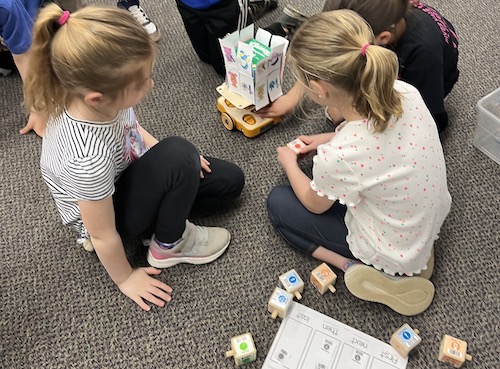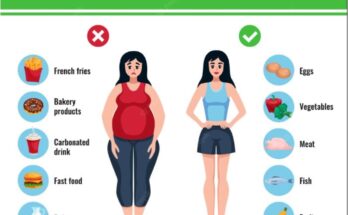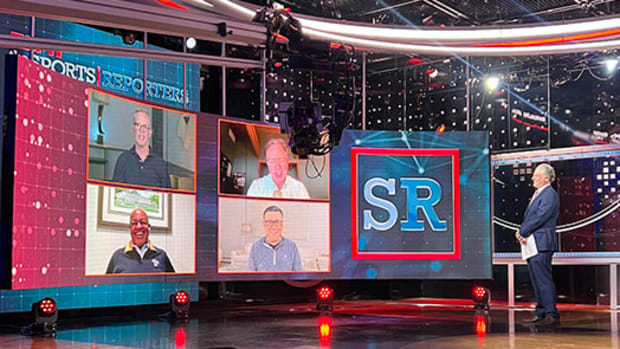Important information:
After the state of New Jersey updated its computer science standards in 2020, I was part of a study community tasked with helping teachers in all subjects understand computer science standards and incorporate them into classrooms. see.
Our team came from all over the country, representing different grades and subjects, and our goal was to create an online guide to help teachers categorize each level, and then deliver the lesson of video or tutorial example to deal with situations, which we have written. as a group. The project, a partnership between the state of New Jersey and Montclair State University to create a multi-year Computer Science Education Center, provided funds to purchase KIBO robots, which have become the focus of the school’s computer science program. about STEAM.
Sparking young learners’ curiosity about STEAM
This grant wasn’t just about getting cool new tools—it was about making computer science degrees more accessible to teachers than traditional science and engineering fields. By doing so, we have been able to teach coding not in isolation, but as an integral part of our core curriculum. This approach has allowed us to create a variety of courses that spark curiosity, imagination and engagement.
With KIBO, a coding robot designed specifically for young learners, we have a screen-free way to introduce elementary school students to robotics and coding. We are able to combine coding and art and show students the parallels between programming and storytelling. A prime example of this different teaching style was the lesson plan I wrote for our 2nd graders.
The collaboration of science and storytelling
Book Balloons over Broadway tells the true story of a master puppeteer who created the first balloons for the Macy’s Thanksgiving Day Parade. Using this book as inspiration, I created a quick guide to guide students in turning their KIBO robots into floats, and re-creating the float by coding them to walk down the street to “Broadway.” During the library’s journalism classes, students scripted the parade using wooden structures, and computer science assisted with screen capture and editing to create the backdrop of New York City depicted in the book. Our art teacher introduced the students to Jeff Koons, instructing them to take artistic inspiration from the balloon artist’s dog.
For the final product, we produced a video showing KIBO’s student-organized robots walking the parade route through New York City. The lesson combined storytelling with art and technology, robotics and engineering. Watching my students’ faces light up when they saw their creations was a powerful reminder of the impact of collaborative STEAM projects like this one.
Nursery rhymes with a technological revolution
My success Balloons over Broadway the lesson prompted me to take a similar approach with our 1st graders, using nursery rhymes as a jumping off point. This particular lesson plan was mapped to the story-telling situations of reading and writing using a “first, next, then last” structure, similar to those patterns students who use them in the program. By incorporating this iterative approach into the lesson, I was able to create a natural connection to the coding section. Students were able to collaboratively create a sequence of codes that reflected the common structure of the story, creating a better understanding of the technology, while solving problems by examining which KIBO blocks who thought they needed to tell the story of the children’s rhyme to the audience. .
I gave the group a few old poems to recite, including Itsy Bitsy Spider, Humpty Dumpty, Little Bo Peepand Hey Diddle. After creating their coding sequences, students used KIBO wooden blocks to guide their robots to tell stories. They brainstormed and collaborated on which sounds and actions best fit the action of the children’s rhymes, and programmed their robots accordingly. The project ended with the groups presenting four different characters they created on a cardboard box and placed them on the KIBO art platform, so that each of the students in each group could they have his character.
It was amazing to see their way of solving problems, and I had never seen them so calm and supportive. Everyone applauded!
In preparation for the new school year, I received a few KIBO extensions, including the Brand Extension Set and the Free Throw Extension Set. My plan for the upcoming fall class is to ask students to create their own lesson plans using these new tools. I can’t wait to see what the students come up with – the way our first graders solved problems during the preschool rhythm lesson makes me confident that the students are ready to build their first job and take it to the next level. .
These courses provide students with learning environments that prepare them for the interconnected challenges of the real world, especially when it comes to technology and creative problem solving. By creating lesson plans that not only meet the current standards of computer science but also anticipate the challenges of the future, I equip my young students with the diverse skills they need to succeed in our evolving world. first.
#robotics #art #experience #computer #science #fun



